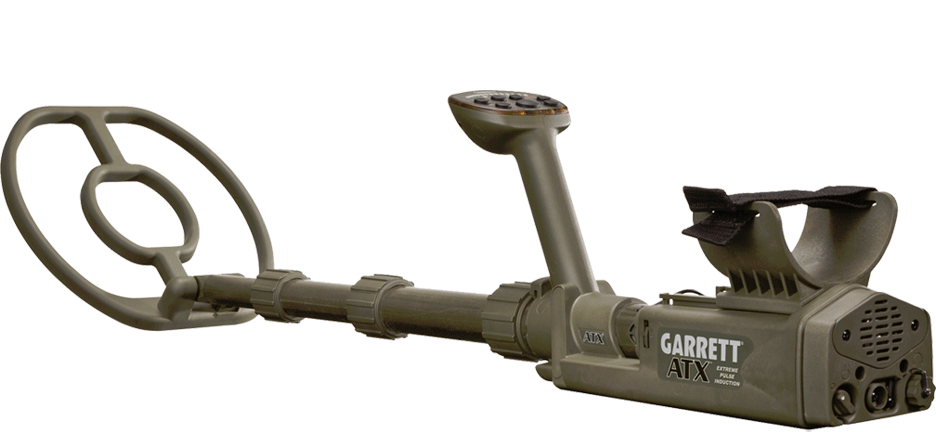Hi
I have a GPX 5000, sorry 'had' a GPX 5000 but sold it. Too complicated to use, a zillion settings and I am lazy!
I like a machine that I don't have to 'wear' too!
The ATX folds up small enough to put in a suitcase and take on holiday and robust enough to allow the kids to play with it on the beach.
All I have to do now is exercise patience, When do I get it?
Have fun
Ted
I have a GPX 5000, sorry 'had' a GPX 5000 but sold it. Too complicated to use, a zillion settings and I am lazy!
I like a machine that I don't have to 'wear' too!
The ATX folds up small enough to put in a suitcase and take on holiday and robust enough to allow the kids to play with it on the beach.
All I have to do now is exercise patience, When do I get it?
Have fun
Ted



